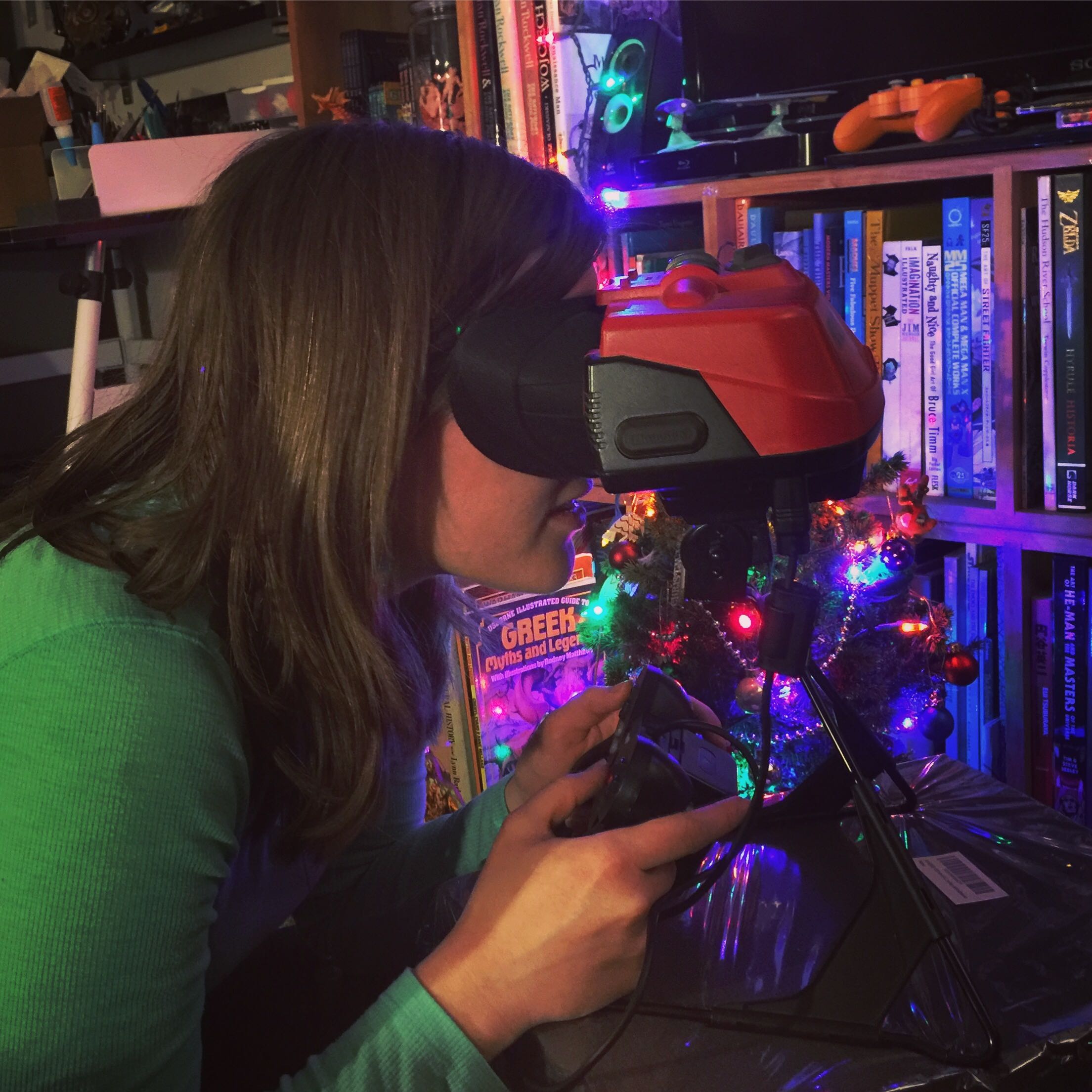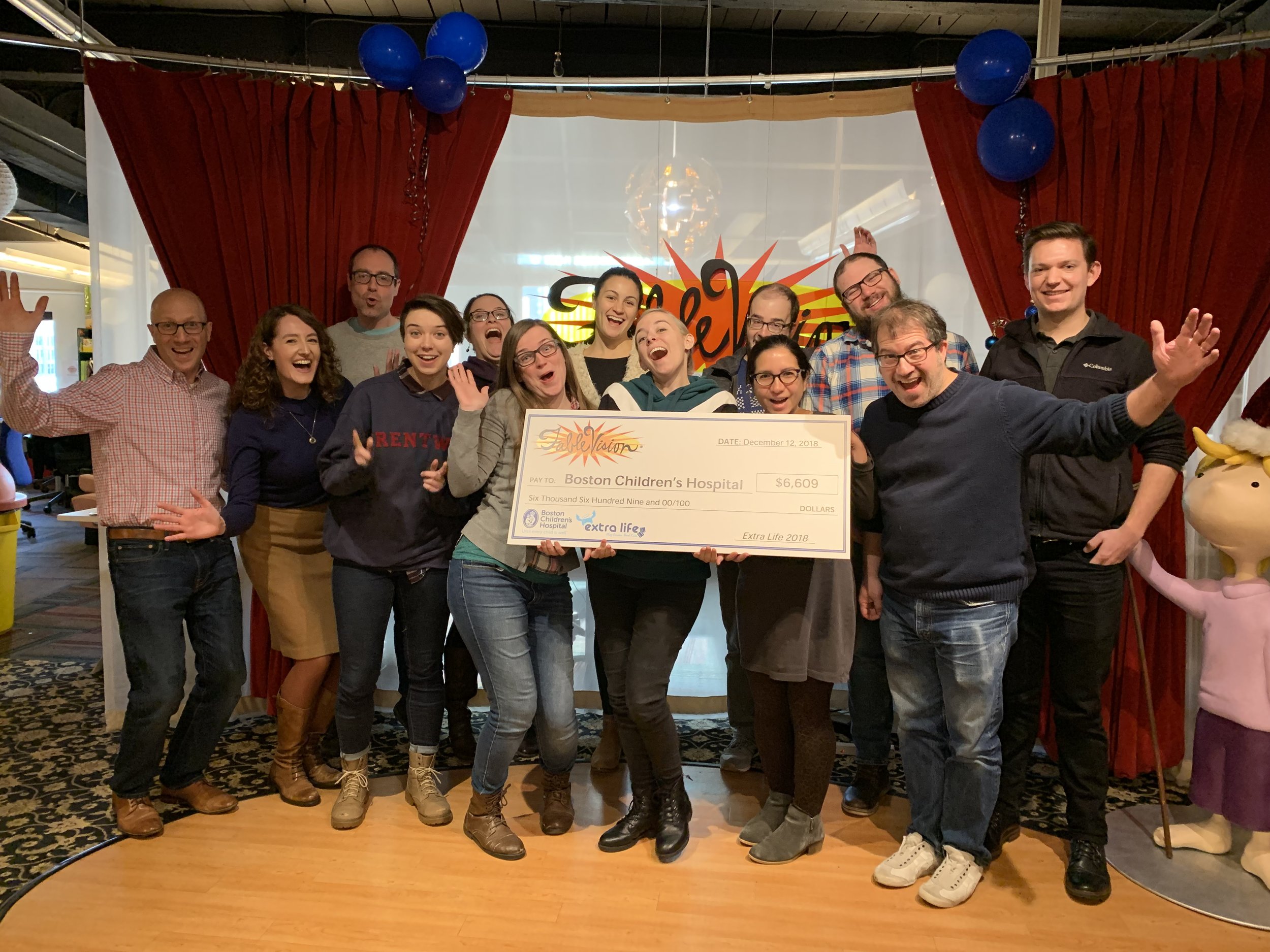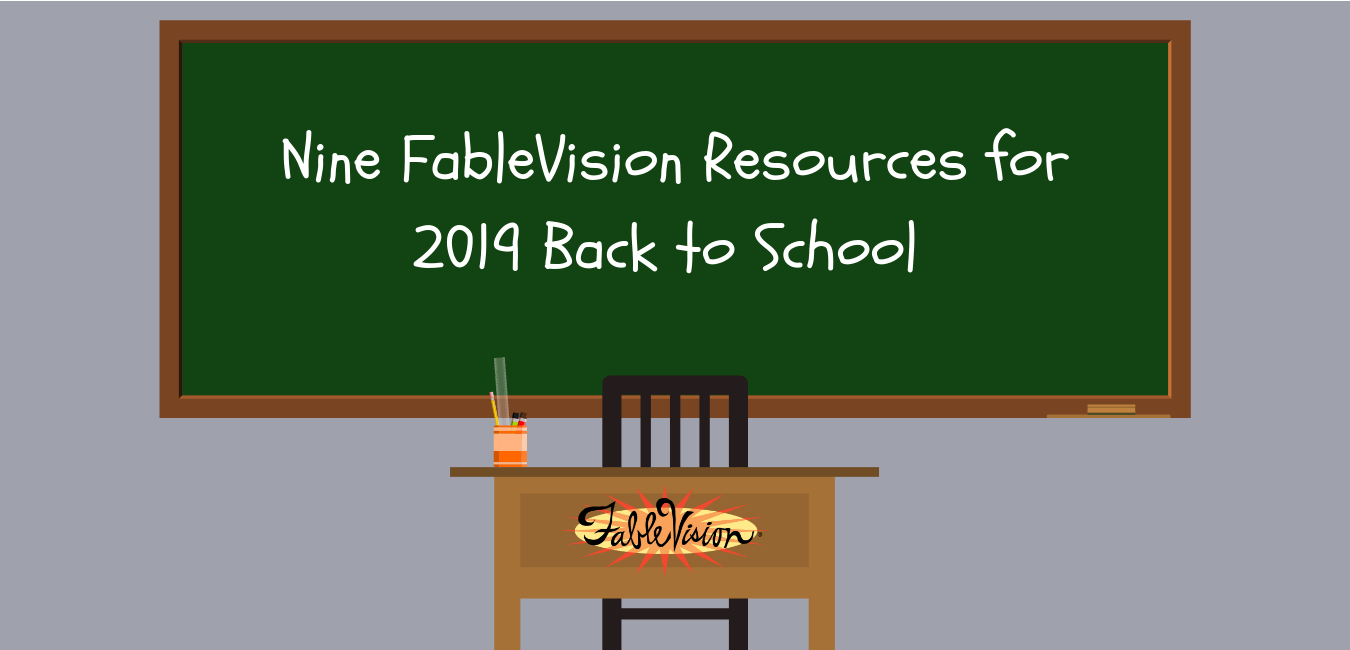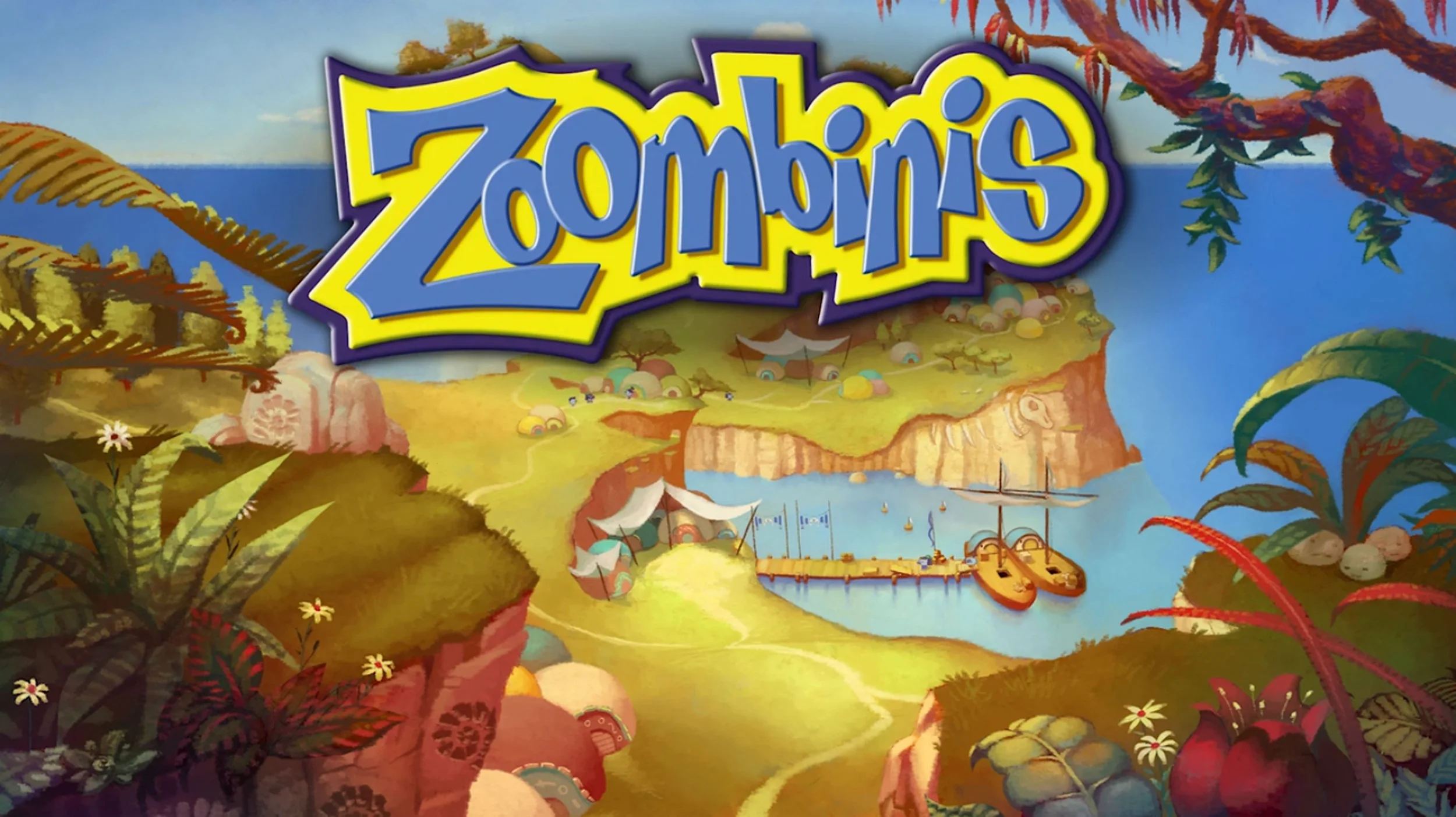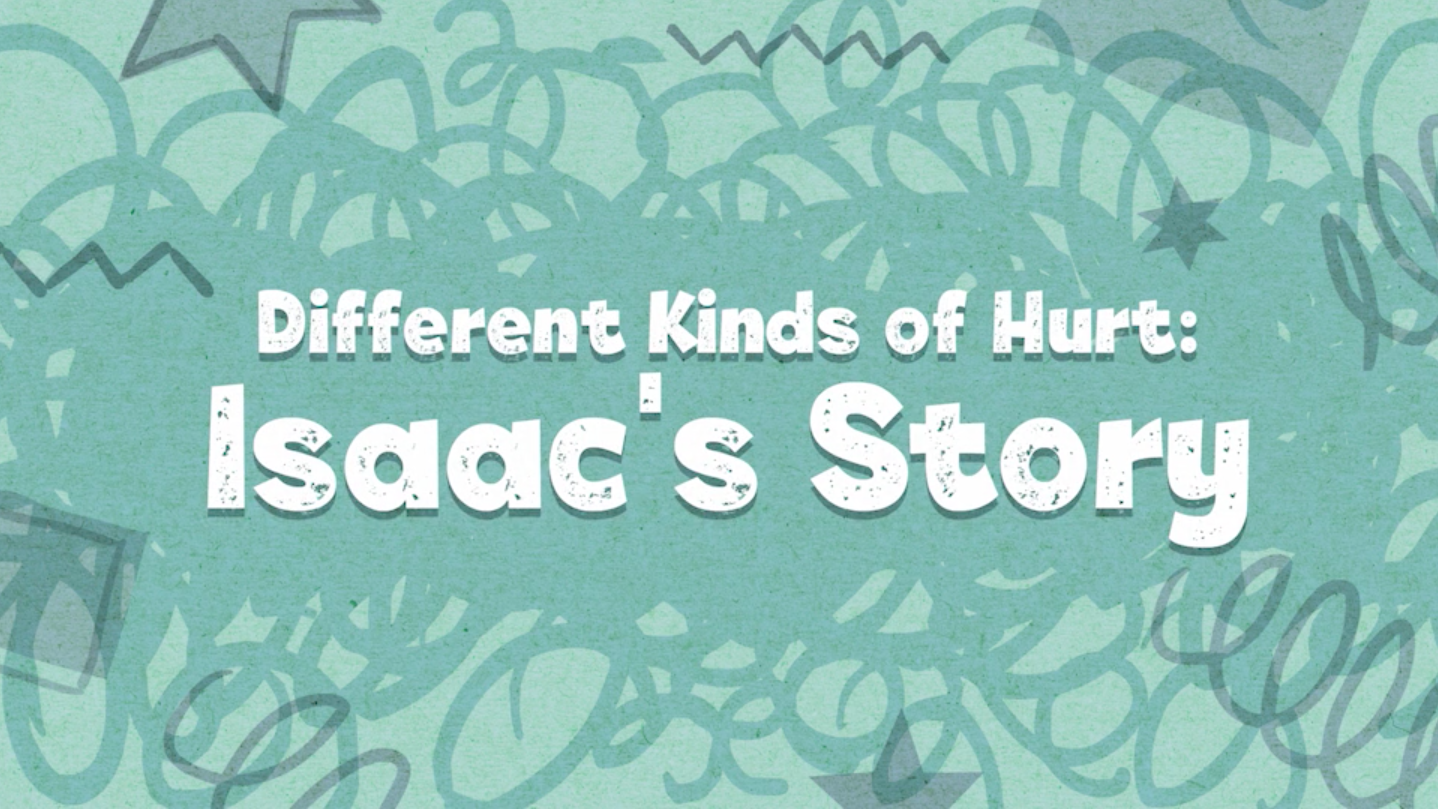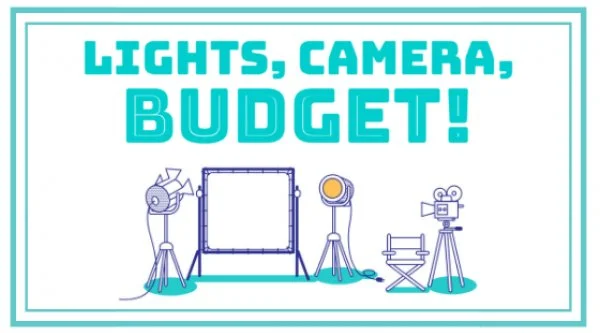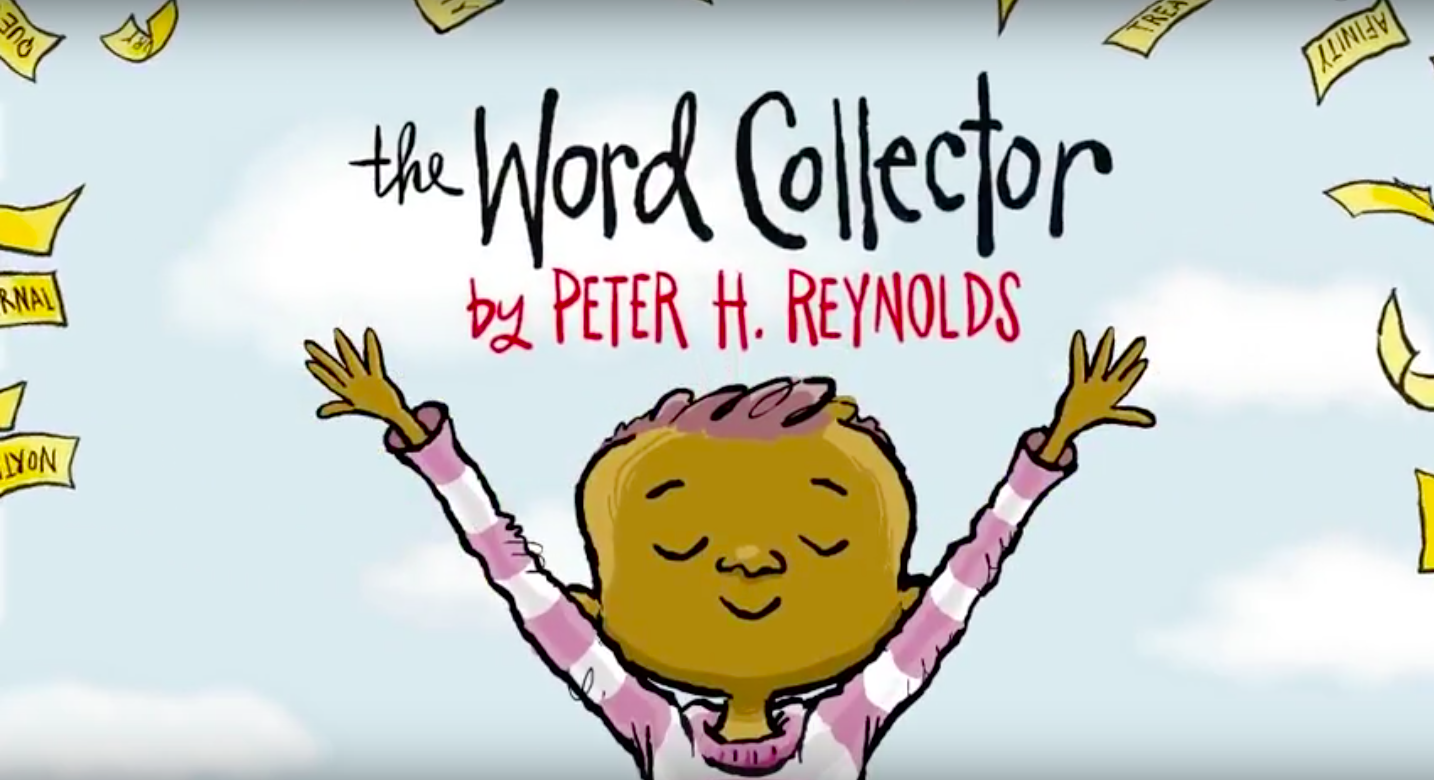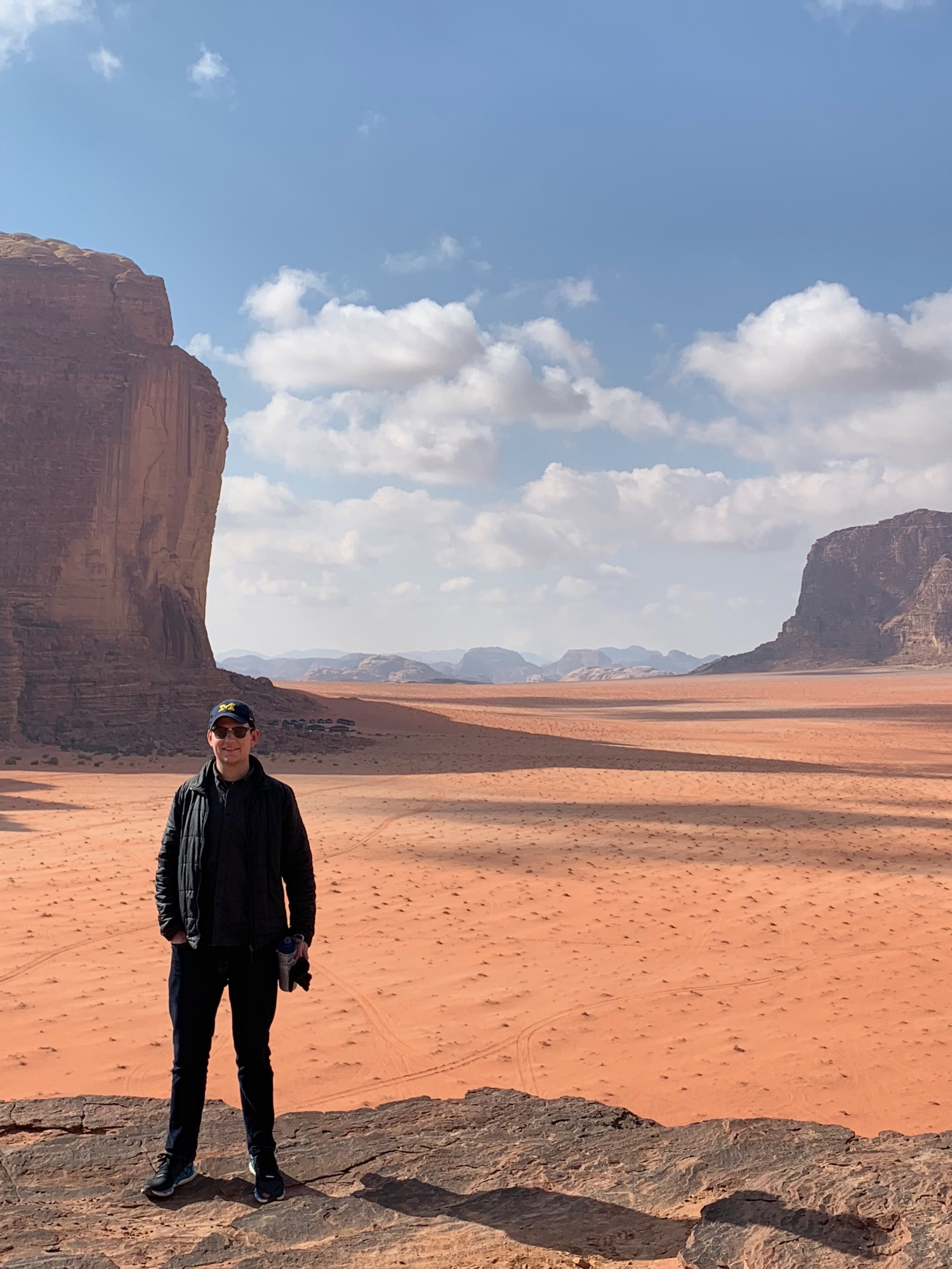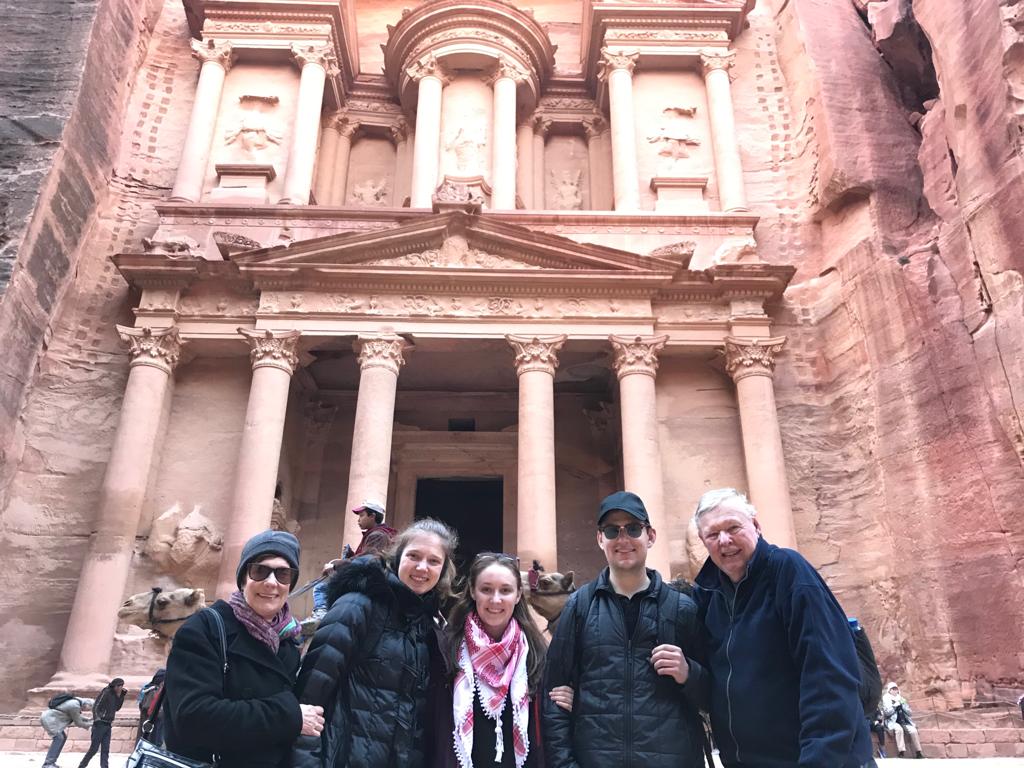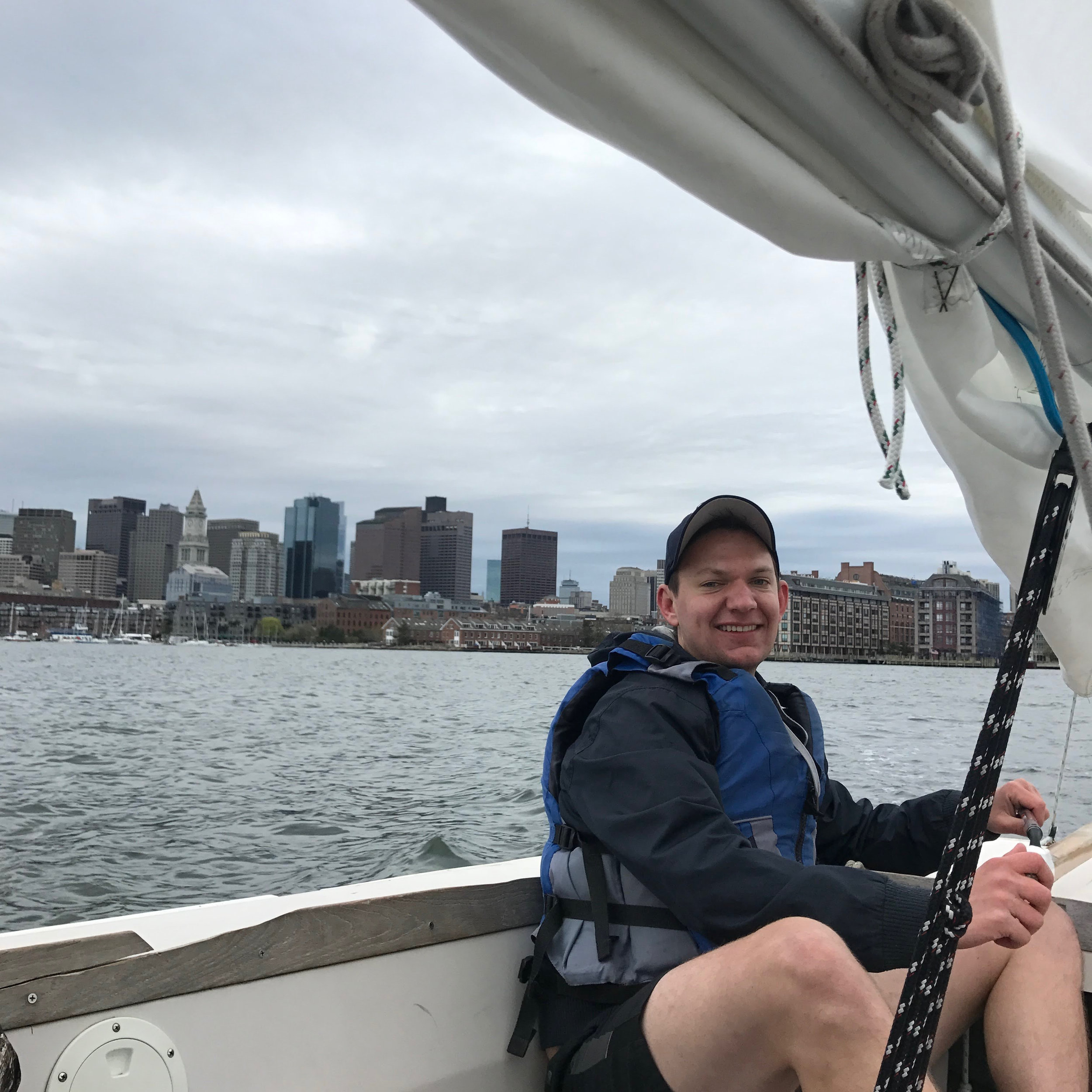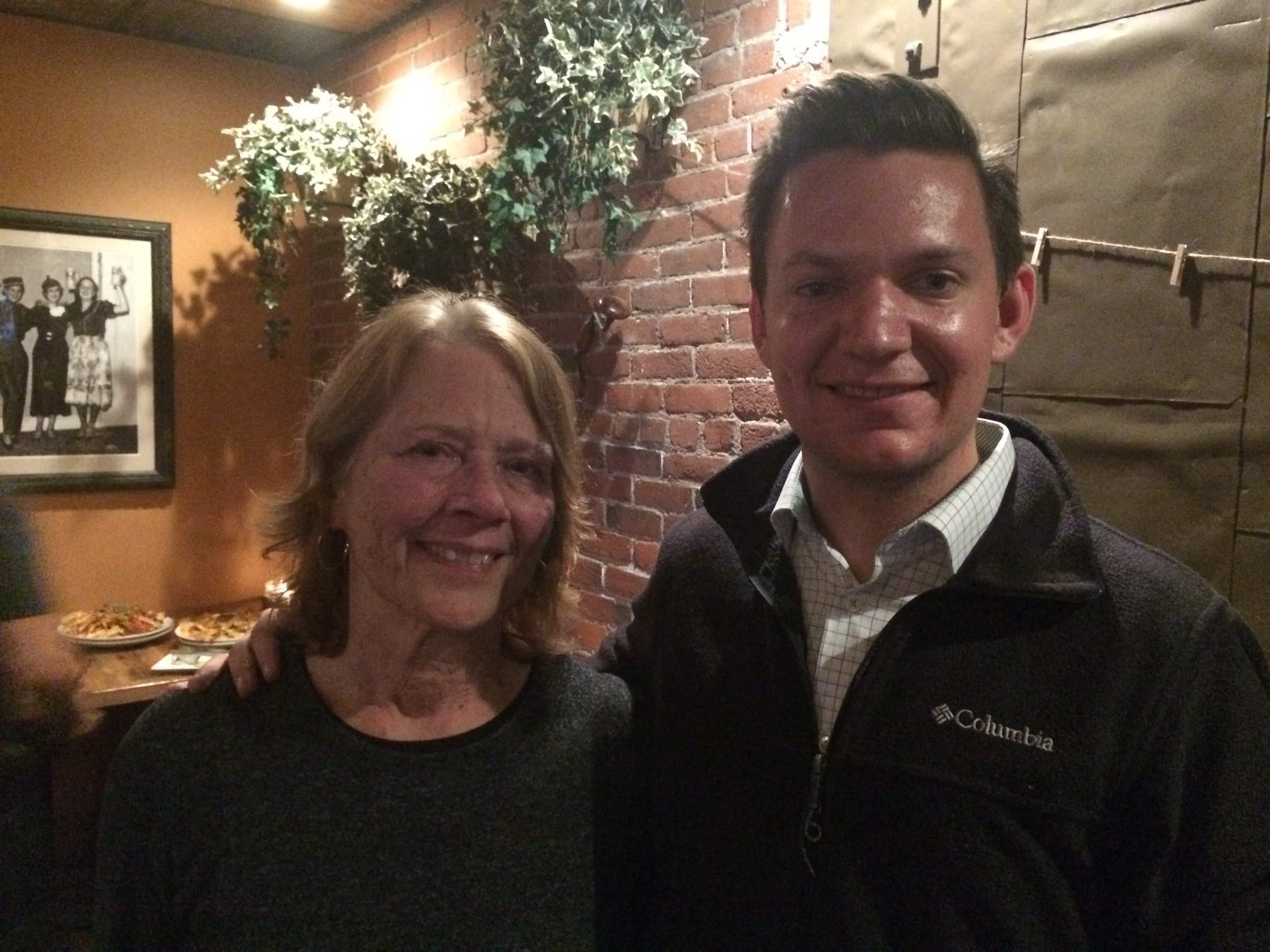We can’t wait for this year’s BostonFIG Fest! This bigger-than-ever event is a great opportunity to sample the best independent games around among a rapidly-growing community of creatives. With hundreds of curated digital and tabletop games, talks from industry professionals, and chances to expand your network, BostonFIG is the place to be.
FableVision is excited to attend the fest this year as an exhibitor, showcasing four games from our portfolio. Stop by our booth to demo our games, pick up some swag (who doesn’t love swag?), chat about studio life, and maybe even win a special Zoombinis raffle prize!
Zoombinis (TERC and Learning Games Network)
Zoombinis, a re-launch of a beloved, classic learning game from the ‘90s, focuses on computational thinking for middle schoolers. Through the game, learners can build their skills in problem solving, analysis, and pattern recognition, as well as strengthen their ability to formulate theories and inferences. The puzzles, each designed with their own unique theme, increase in difficulty as players go along and free all 400 Zoombinis.
Quandary (Learning Games Network)
Quandary is a unique problem solving game grounded in an ethics curriculum, encouraging players to use their judgement in situations where there may not be one right answer. As the captain of a space colony lightyears away, players must listen to the concerns of the residents on planet Braxos and come to a decision that makes the most ethical sense and has the best outcome. Quandary provides a fun, unique experience that is accessible both at school and at home.
Gasha Go! (GPB Education)
Gasha Go! introduces students to early math concepts, numeracy, and literacy. Modeled after the Japanese gashapon tradition, Gasho Go! invites players into the colorful world of an arcade after dark. The players then take a journey through activities that teach literacy and number sense. Complete with ten modes of gameplay designed by FableVision, Gasha Go! provides students with a fun, expandable platform for strengthening their numeracy skills.
Cyberchase Fractions Quest
(THIRTEEN/WNET New York Public Media and the Education Development Center)
Cyberchase Fractions Quest combines a high-stakes adventure story with a research-based approach to fractions learning. With a modern and futuristic look, this game is based on the popular PBS KIDS math series Cyberchase. Players take the role of a cyber-hero on a quest to defeat the evil Hacker. As they move through different quests, with help and scaffolding from the CyberSquad, they add to their “toolkit” and create a cumulative set of math skills that meet Common Core standards and build on prior knowledge for effective learning.
Don’t miss your chance to access top designers, business leaders, artists, and more who are transforming the world of gaming. See you there!
Where: Harvard Athletic Complex, Murr Center, 65 North Harvard St, Allston, MA
When: September 14, 2019
Click here to register.












